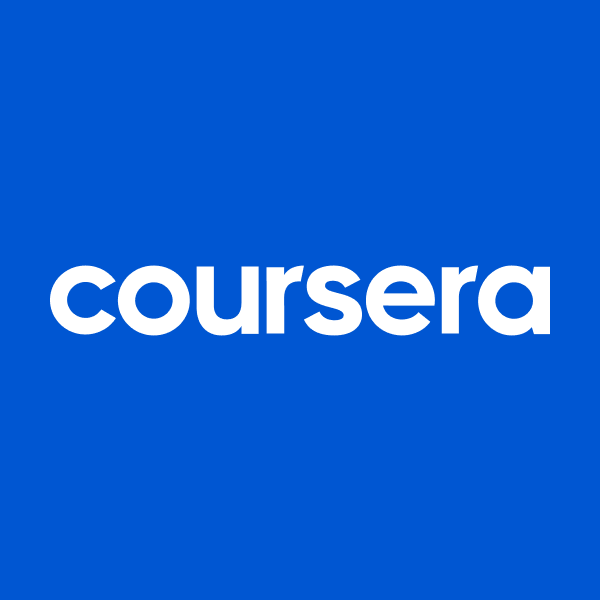CV vs. Resume: What’s the Difference?
Explore the difference between a CV and a resume and how to write both to grab the attention of a potential employer.
![[Featured image] A woman sits on her sofa in her living room working on her resume on her laptop computer.](https://d3njjcbhbojbot.cloudfront.net/api/utilities/v1/imageproxy/https://images.ctfassets.net/wp1lcwdav1p1/4gUWVMCxXGEbZsrLymzblK/0f94e09979aa0f4ee648151fc2b5ba31/GettyImages-1193488736.jpg?w=1500&h=680&q=60&fit=fill&f=faces&fm=jpg&fl=progressive&auto=format%2Ccompress&dpr=1&w=1000)
A curriculum vitae (CV) is an academic diary that lists your education, experience, publications, certificates, and awards. A resume is usually a single-page summary of your work experience and skills relevant to a job you’re applying for.
While both are generally used for job applications, a CV and a resume serve different purposes.
When to use a CV
CVs are often used in educational settings, typically when applying for grants, fellowships, research positions, postdoctoral positions, and similar applications. When applying to graduate-level programs, some may also ask you for a CV. Interviewers and recruiters will use your CV to verify your skills, experience, and educational qualifications.
Features of a CV
If you work in academia, your CV will likely be your first shot at setting yourself apart from your future employer. Though this will be a detailed document, the main features should include your contact information, objective, education, work experience, skills, and certifications and licenses. Detailing all of these categories can mean a lengthy document. Thankfully, CVs have no length limit.
CV content
CVs are credential-based. Organizations asking for a CV want to see your information in the following order:
Contact details
Education
Research experience
Publications
Presentations
Awards and honours
Details on any professional training
Professional affiliations
Two important things to remember when creating your CV—make sure all information is accurate and honest, and be ready to explain any gaps in your work history.
CV format
CVs are typically at least two pages long. They have invariant sections and consistent text formatting. You’ll want your text size to be between 10 and 12, except section headings. This text should be bolded and slightly larger. Utilize bulleted lists when appropriate, and ensure that each section is formatted similarly to make your CV easier to read.
CVs do not need to be extravagantly designed. Employers are looking for plenty of white space, an uncluttered document, consistent formatting, and content free of spelling and grammatical errors. Incorporating all of these qualities will result in a pleasant, polished document.
Ready to start learning?
Join the Coursera Plus community and get unlimited access to over 7,000 courses, Projects, Specializations, and Professional Certificates on Coursera, taught by top instructors from leading universities and companies.

When to use a resume
A resume serves three essential purposes—introducing yourself, presenting your qualifications, and landing an interview. While CVs are mainly used for academic purposes, resumes are typically used to apply for company or organization positions.
Features of a resume
Resumes are created to feature all of your best qualities and accomplishments. They should be concise, tailored to the job you're applying for, and easily scannable. While a CV will list your educational information first, a resume will usually feature your work experience first.
Resume content
First, you’ll want to ensure that your contact information is obviously displayed, so you can easily be contacted for an interview. Then, you should focus on your job history. This portion of your resume will explain your work experience and show that you’re a good fit for the role.
It’s also essential to provide an educational background that emphasizes your studies and academic achievements. After listing your educational accomplishments, you should include any information about provincial registrations or licenses and Professional Certificates you may have. The last section will focus on skills that may help demonstrate your unique talents and abilities.
Resume format
The most significant difference between CV and resume formatting is that CVs will be multiple pages long, and resumes will be one page unless you have 10 or more years of relevant work experience.
Practical resumes are designed to grab the attention of employers. Take some time to explore and create different templates. Choose one that will help your resume visually stand out. It's okay to pick a template that uses colour; however, it’s better to steer clear of multicoloured, overly decorated ones—one accent colour is more than enough. Those reviewing your resume will typically prefer a well-organized resume with sufficient white space, text no smaller than 11 font size, and consistent margins of no less than 1.25 cm.
CV vs. resume: Which should I choose?
If you’re applying for a position in education, sciences, or research, submitting a CV will likely be required. Otherwise, it’s best to submit your one-page resume, unless an employer specifically asks for your CV.

Next steps
Enhance your resume with tips and tricks from the State University of New York with the project-centered How to Write a Resume course, available on Coursera. All you need is a word processor.
Keep reading

Coursera
Writer
Coursera is the global online learning platform that offers anyone, anywhere access to online course...
This content has been made available for informational purposes only. Learners are advised to conduct additional research to ensure that courses and other credentials pursued meet their personal, professional, and financial goals.